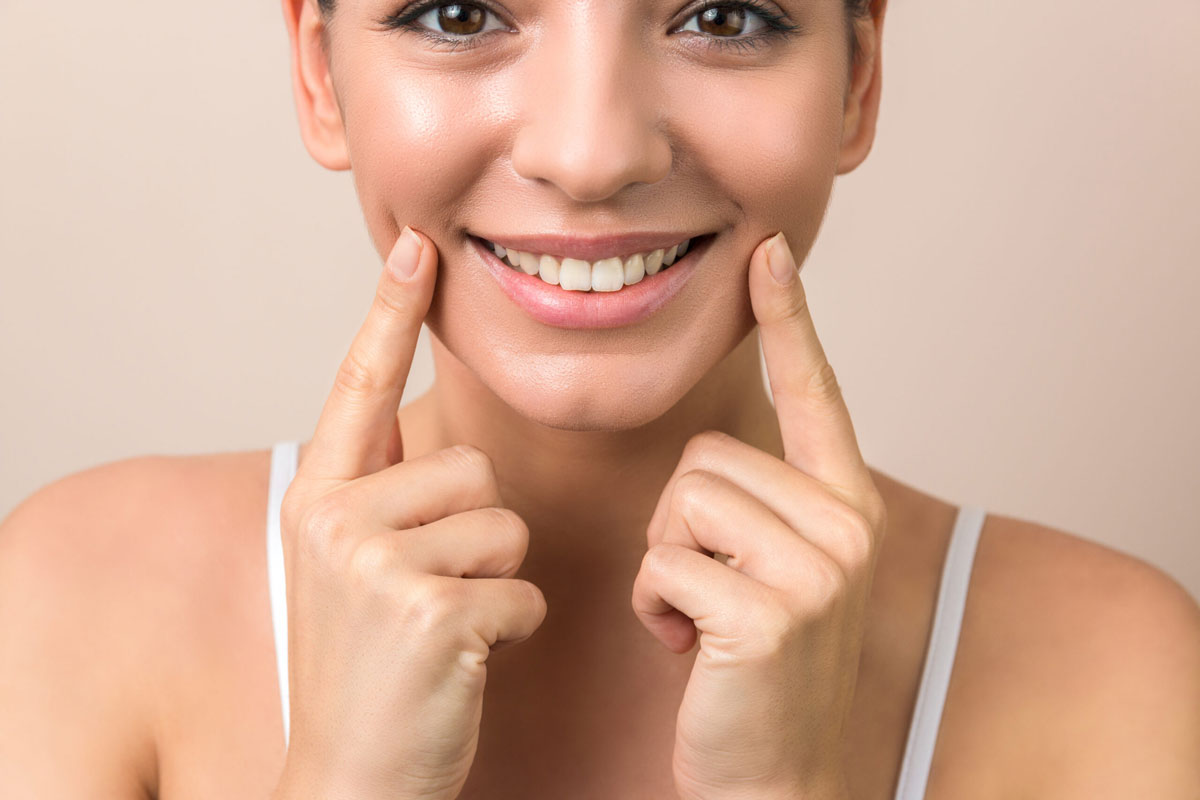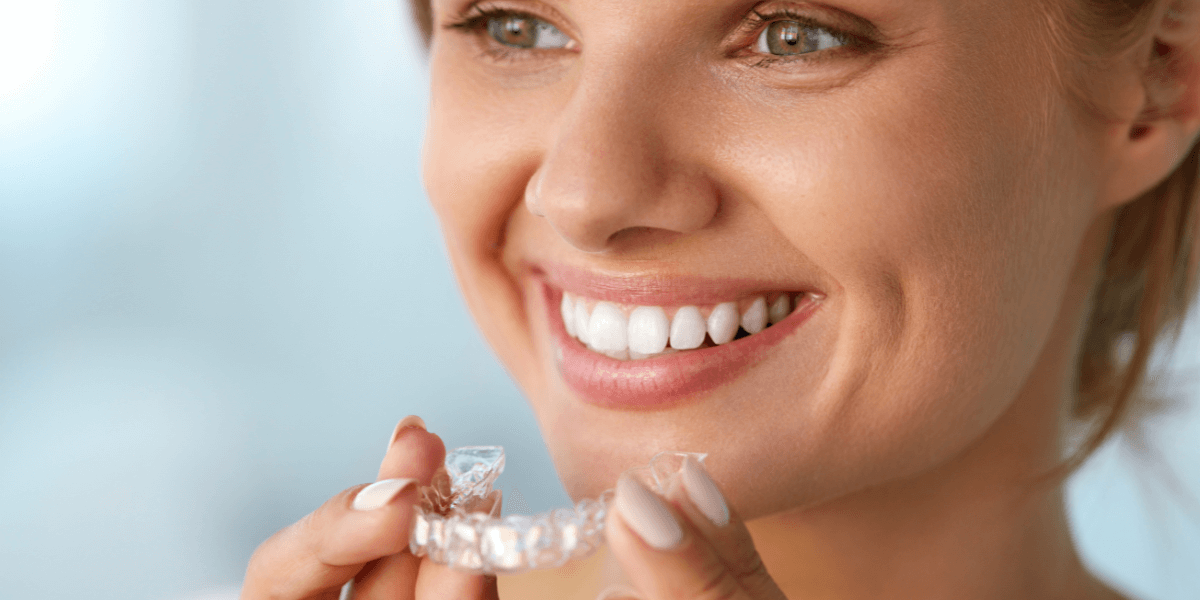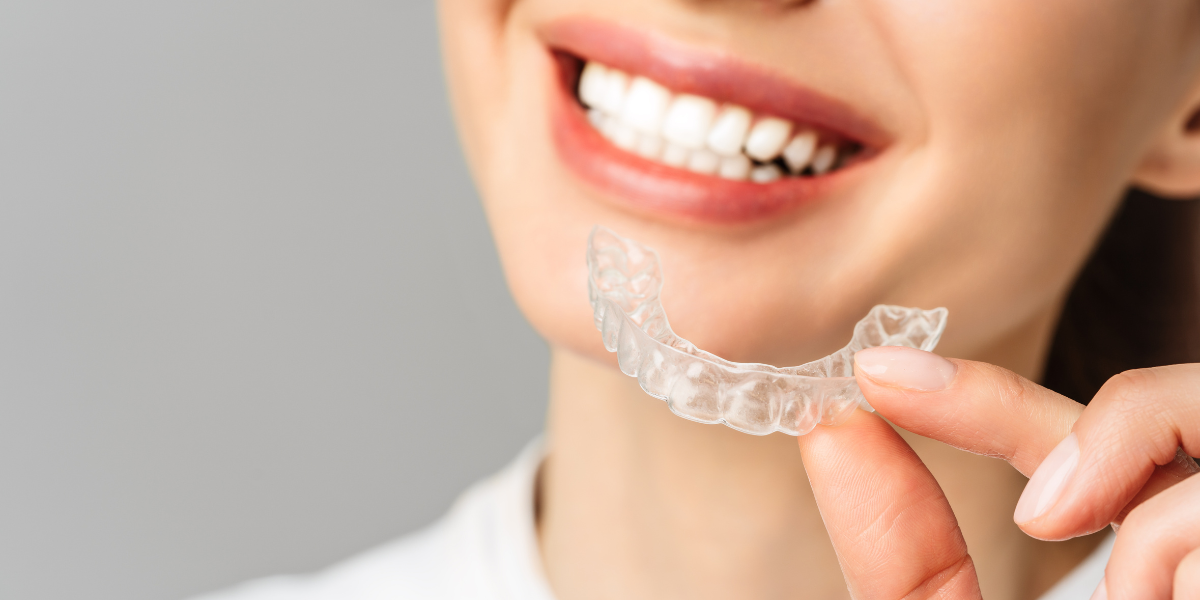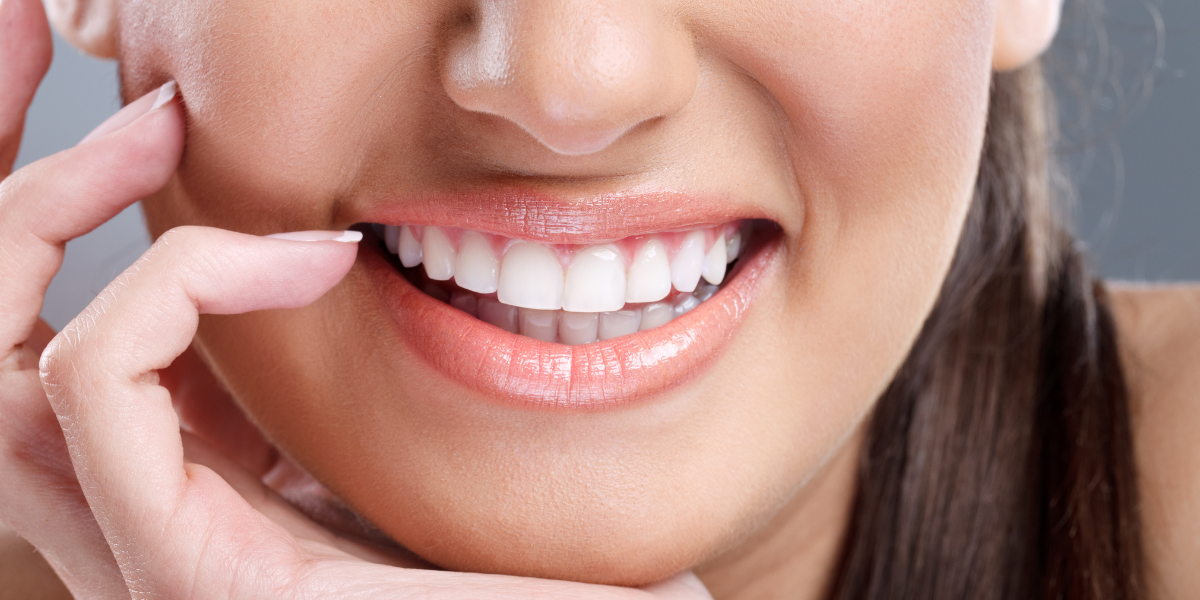
There are so many at-home teeth whitening products on the market that choosing one can be confusing at best, and impossible at worst. Should you go with what’s cheapest? What’s natural? What’s fastest? Rarely is one product all three, and if it does claim to be, then you’ve got to be suspicious.
Here we’ll give a quick overview of each product, and review the pros and cons of each. At the end we’ll give our suggestion, but ultimately, the choice is yours.
Custom-Fitted Teeth Whitening Tray’s for at-home use
You must go through a tray creation process but it is without a doubt worth the wait (approximately 2 weeks from the order date). You have the option of going to your dentist and spending $400+ or Smile Brilliant and spending $139. The option is entirely up to you. Both products are identical. If you choose to purchase from your dentist you will schedule an appointment to have your dental impressions taken and they will send it off to a dental lab for the trays to be created. Roughly 2 weeks later your trays will be ready for pickup.
If you opt to purchase the Smile Brilliant at home teeth whitening tray creation kit everything can be done at home:
- order the kit and it will arrive at your home in 2 business days
- follow the instructions provided to make an impression of your upper and lower teeth and send it to the Smile Brilliant lab using the pre-addressed envelope which comes with pre-paid postage
- 5 days after Smile Brilliant receives your dental impressions your trays will be created and shipped back to you
Once you have your teeth whitening trays you will apply carbamide peroxide teeth whitening gel onto the front inner surface of the tray and keep in on for a few hours every day or overnight, depending on how yellow your teeth are. The average person will wear their trays for 5-7 days consecutively however those with more severe stains caused by smoking or special conditions such as dental fluorosis may need as many as 20 applications (days). After the initial 7-14 applications it is advised doing one application every 1-2 months to maintain stain free teeth.
Pros: Most dental experts agree that trays are ideal, not only because of their ease of use (you just slip them in while you’re sleeping) and cost-benefit, but also because of their high success rate and “the ability to adjust the amount of whitening to the patient’s expectations” (Dunn, 2002).
Cons: There are really no cons other than tooth sensitivity however the solution for those who experience is it desensitizing gel which is a pre-whitening application that will dramatically reduce if not eliminate tooth sensitivity all together.
Those who choose to purchase from Smile Brilliant are still advised to consult with their dentist prior to using any teeth whitening.
Whitening pens for at home use
With at home teeth whitening pens, you apply the same 22% carmabide peroxide solution yourself–just twist off the cap and layer it on, as if drawing on your teeth with a thin paintbrush. Then you just pop a lip guard in your mouth and hold it there for around an hour or two.
Pros: Pens are quicker-acting than almost any other product–after a few two-hour sessions, you’ll see results immediately. The price can’t be beaten, either: $30 for a peroxide mixture is a steal. o
Cons: You can’t reach your back teeth, because the mouth guard only guards your front teeth–nobody sees the back ones anyway, but if you’re a perfectionist, that may matter to you. Pens can also cause sensitivity more easily if you forget and leave the geln for more than three hours. Another con is increased saliva product can make it difficult to hold the gel to the tooth. This is an issue for some, not all.
At-home whitening strips
At-home whitening strips work similarly to pens and trays, except with a much weaker hydrogen peroxide mixture of roughly 6%, and often left on for shorter intervals–like 30 minutes–for a longer period of time–like two or three weeks. They’re readily available over-the-counter and boast being the simplest, cheapest product on the market.
Pros: Price is the biggest benefit: a pack of 10 strips might cost around $25. The short wearing time might also appeal to some who can’t commit an hour or two to not talking or eating.
Cons: Strips consistently rank weakest of all over-the-counter products, in terms of performance, because of the lack of guidance associated with them–the gums may become irritated or eroded, and teeth may become much more sensitive (Cataldo, 2012). Consumers also risk the chance of blotched results if the strips are applied crookedly, and those with crooked teeth will find uneven results. Another downfall to strips is that with 30 minute sessions once daily for 1-3 weeks using the 6% hydrogen peroxide not all stains will be removed.
At home whitening toothpaste
The name “whitening toothpaste” is a bit deceptive–they rarely actively whiten teeth, but rather keep them from getting any yellower. Results, if noticeable at all, might take months to see, and will deal entirely with extrinsic stains, unlike peroxide solutions, which dig deep and whiten teeth from the inside (Haywood, 2003).
Pros: For anyone who has trouble starting new habits, this is the best solution. For a dollar or two more per tube of toothpaste, it’s also among the cheapest solutions.
Cons: “Whitening” is a bit of a misnomer. This is really more of a Band-Aid than a proper solution, to make sure your stains don’t get any worse. It’s best to pair whitening toothpaste with an active whitening agent, so that once your teeth are whitened, you can keep them that way. Whitening tooth paste often times contain abrasive material that wears on the enamel. Once gone, enamel cannot be restored. As a result permanent tooth sensitivity will persist.
Natural products at home
In the “sounds-kooky-but-actually-sorta-works” department, certain organic foods are purported to whiten teeth naturally. Apples, celery and carrots help produce saliva in your mouth, which prevents plaque buildup. Cheese is a well-known source of casein, which builds up enamel. You also might read a lot about acidic foods like strawberries or lemons. Some even propose mixing crushed strawberries with baking powder and applying it on your teeth, or rinsing your mouth with lemon juice and warm water (Evans, 2008).
Pros: Unquestionably the most delicious at home tooth whitening solution on this list. Also good for frugal shoppers and anyone who’s wary of manufactured chemical solutions.
Cons: No one’s really sure if this works, because it totally depends on the nature of your stain. Because of the complete lack of guidance, it’s easily dangerous to swill lemon juice around your mouth too long or often–this stuff is extremely acidic, and will actually eat away at your enamel and cause more harm than good (Roth, 2011).
The Verdict
Given the cost-benefit analysis and all-around usability, we recommend custom-fitted trays as the best product on the market. Dental academics have long heralded them as “the safest and most cost-effective,” because they “provide the least risk for the greatest benefit” (Haywood, 2003). At Smile Brilliant, we also find our customers are happiest when they go the extra mile–and besides, trays last a lifetime, so the investment pays off quicker than repeatedly buying whitening strips.
But to be safe, as with any cosmetic or hygienic procedure, it’s a good idea to visit your dentist prior to using any at home teeth whitening systems. You’ll want to know what type of stain you’re dealing with, which can help determine what the best course of action should be.








